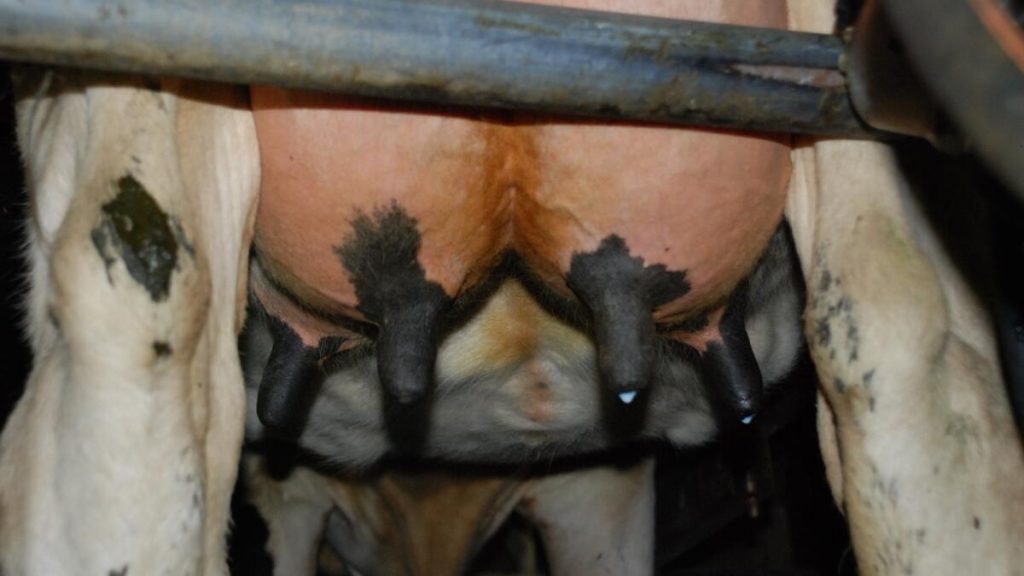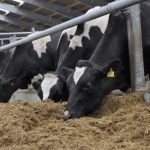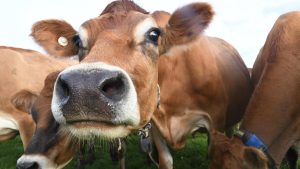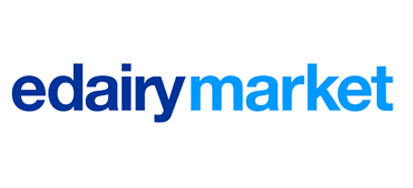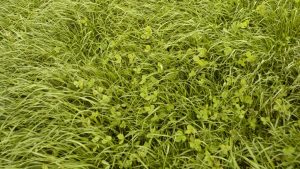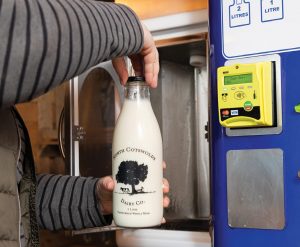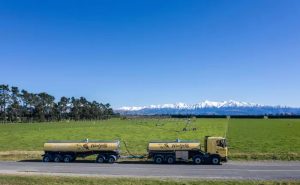
Expert strategies to safeguard cow health and yield during the crucial pre- and post-calving phase.
July marks the pivotal transition for spring-calving herds, demanding meticulous preparation as highlighted by Dr. Robert Bonanno. A sanitized calf shed, a planned colostrum protocol, and a refreshed team are essentials for a strong season start.
Bonanno stresses the importance of a “lead feeding” strategy—introducing grain two to three weeks pre-calving eases the rumen into high-demand lactation diets. Securing quality low-potassium forage and implementing anionic salt or calcium/phosphorus binder protocols can notably reduce milk fever and subclinical hypocalcemia risks.
Subclinical hypocalcemia poses an invisible threat, undermining immune response, reproduction, and lactation. Bonanno emphasizes early disease monitoring during transition—such as milk fever, retained membranes, ketosis, and LDA—as indicators of protocol effectiveness .
Management protocols for retained membranes now prioritize hygiene and prevent infection: trimming membranes, administering “fresh cow” drenches (calcium propionate and propylene glycol), and avoiding manual placental removal unless absolutely necessary. Early detection and treatment are vital for recovery and productivity.
Bonanno encourages proactive tools like rumen-pumping tubes to support at-risk cows. Rapid supportive care, combined with ongoing monitoring, substantially strengthens herd resilience and lactation outcomes in the transition period.
Source: Dairy News Australia – Plan for transition period https://www.dairynewsaustralia.com.au/news/plan-for-transition-period
You can now read the most important #news on #eDairyNews #Whatsapp channels!!!
🇺🇸 eDairy News INGLÊS: https://whatsapp.com/channel/0029VaKsjzGDTkJyIN6hcP1K
